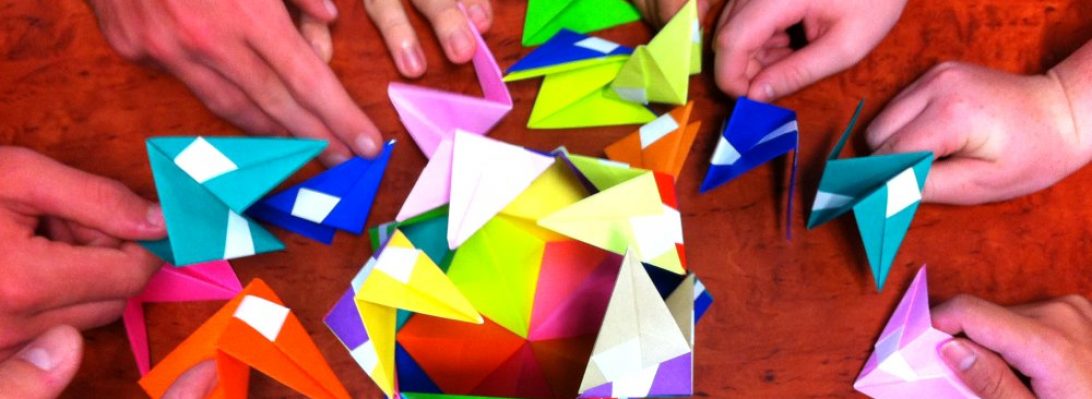All too often we feel like we are dealt the “rough end” of the pineapple:
It is a curious expression that, I think at least, has something to do with inserting said pineapple in a pineapple-unfriendly place (makes my eyes water just thinking about it).
This is a pleated structure designed by David Petty and it contains techniques I will use elsewhere.
You can see the pineapple-like structure (squint, close one eye, through a mirror) … yeah, there it is and this design is meant to be folded with duo coloured paper, as the top would then be a different colour to the bottom – neat.
I have seen much larger paper sculptures using this “stretched pleated rib” technique and now I know how they were made, which is a good thing.
Paper and folding is taking up waaaay too much of my life right now – have other things I HAVE to do but will somehow muddle through,













